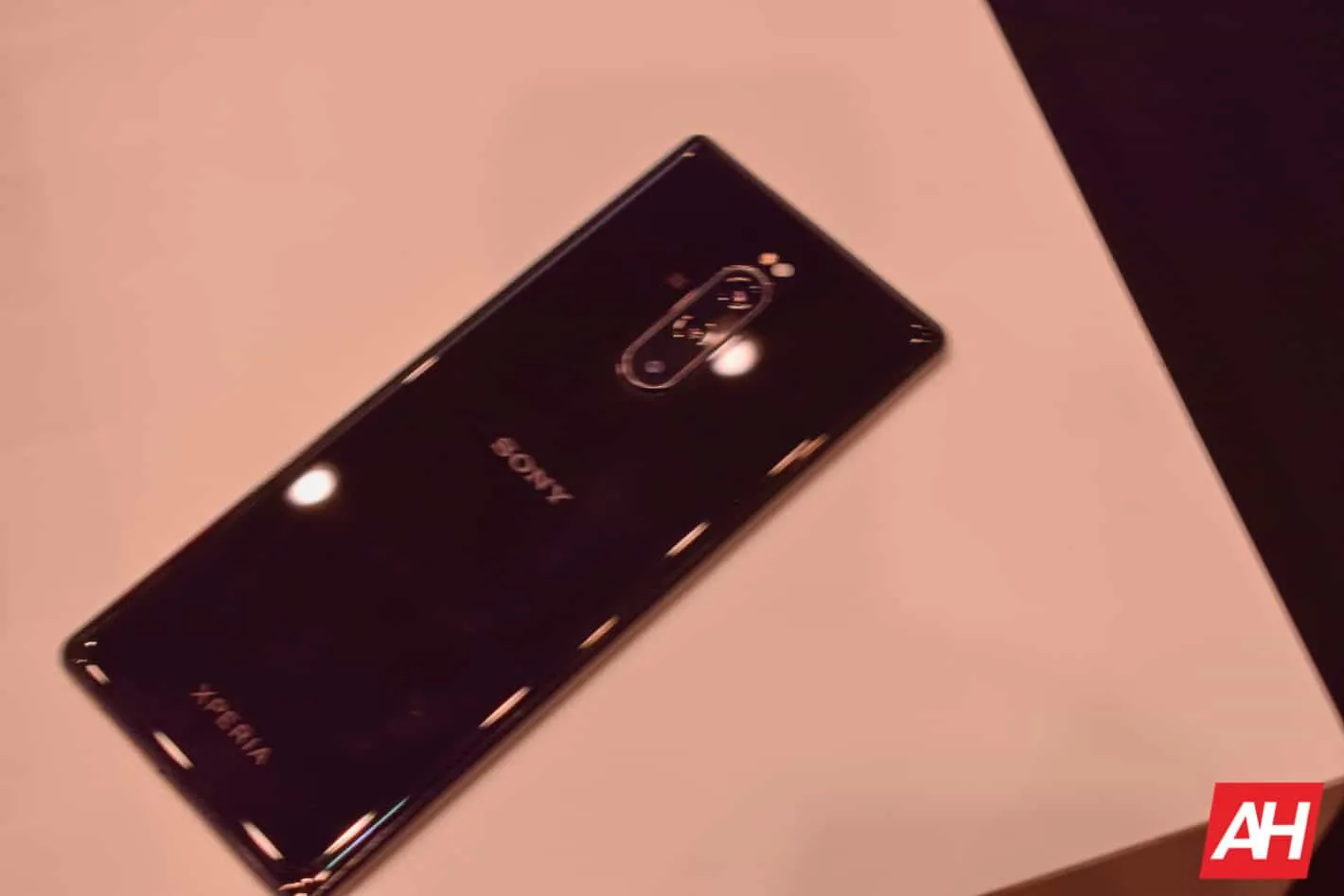Sony’s Exmor camera sensors are ubiquitous in the mobile world and over the years, other OEMs have leveraged on the Japanese company’s imaging technologies to deliver great results.
Despite this, Sony’s own smartphones haven’t been at the top of the food chain in regards to their camera capabilities, and in a recent interview with Trusted Reviews, Sony’s Senior Manager of Global Marketing, Adam Marsh, revealed why this has been the case and how this changed with the new Xperia 1 flagship.
In a nutshell, the main reason why Sony’s Xperia smartphones haven’t taken full advantage of the Exmor sensors’ capabilities in the past was an internal rivalry between Sony’s own branches. In the past, Sony’s Alpha branch focusing on developing standalone and DSLR cameras didn’t lend all of its expertise to the Xperia mobile team because Alpha didn’t want the smartphone branch to affect its sales figures and position in the market.
“Even though we’re one company, there are still sometimes barriers” according to Marsh, however this way of doing things began changing in early 2018 when Sony’s CEO Kaz Hirai was replaced by Kenichiro Yoshida and Sony Alpha’s Kimio Maki became the head of product development for Sony Mobile.
Mr. Kimio Maki began bringing the Alpha, CineAlta, Cybershot, and Xperia branches closer together to achieve better results. The restructuring process went as far as stopping the production of an initial Xperia XZ3 model.
Following this significant changes within Sony’s own corporate structure, the new Sony Xperia 1 became a flagship with a much greater focus on two key features: display and camera. And interestingly, the decision not to include Sony’s 48MP sensor in the latest Xperia 1 flagship was conscious rather than a byproduct of internal competition.
According to Mr. Adam Marsh, the benefit of employing three 12MP sensors as opposed to 48MP units is that the current configuration allows for features such as 960fps super slow motion – something that could have not been achieved with the 48MP unit because it’s not memory-stacked. Additionally, the 12MP sensors benefit from larger pixels and a brighter aperture.
The Sony Xperia 1 camera configuration takes advantage of features borrowed from the Alpha team, such as Eye AutoFocus. It also features the Cinema Pro application and continues to boast a superior display thanks to the Bravia team.
The end result is that the Sony Xperia 1 should be a much more focused product, i.e., one that aims to please smartphone fans interested in mobile photography, good displays, and even cinematography.
The latest flagship is the world’s first 4K OLED HDR display and supports an unusually tall 21:9 aspect ratio. “Sony as a brand is not going to appeal to everybody” claims Adam Marsh but the Xperia 1 primarily targets users who want to take “amazing pictures or a video, or do something different.”
This change in philosophy was also noticeable in Sony’s latest promo videos which revolved a lot around its two new main selling points, namely the CinemaWide 4K OLED HDR display and its first-ever triple-camera configuration boasting Alpha technologies. Will this new approach to its mobile business pay off? Time will tell, but the idea that more Sony branches are now working together for a better product is definitely promising.

